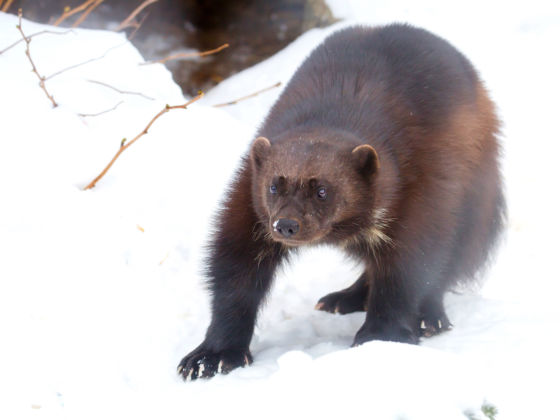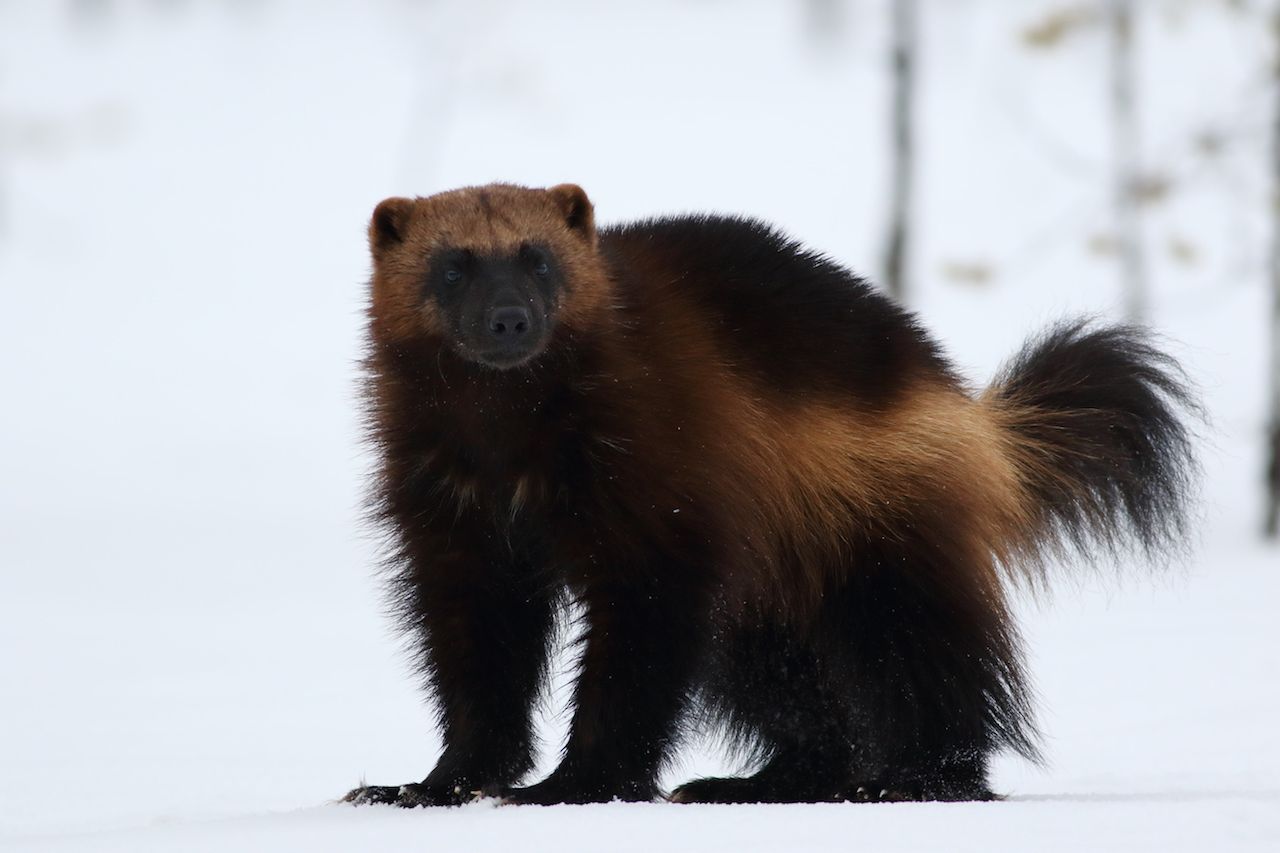When you tell folks that you’ve volunteered with a group that monitors wolverines in the North Cascades, their response is usually one of confusion. No, they don’t think you’re busy saving mutant X-men with retractable claws. They are amazed, though, that wolverines — stocky animals in the weasel family that look like small, bushy-tailed bears — even exist in Washington State.
Those people are understandably stunned by the existence of these brown-and-black-hued carnivores because, like other predators, wolverines were hunted, poisoned, and trapped to extirpation in the early 1900s. (Extirpation is the elimination of a certain species within a geographic area.) Today, wolverines are found primarily in the remote northern boreal forests and alpine tundra of Canada and Alaska. Yet, with a lot of effort, wolverines have also been slowly clawing their way back to their native territory in the northern Cascade mountains.




